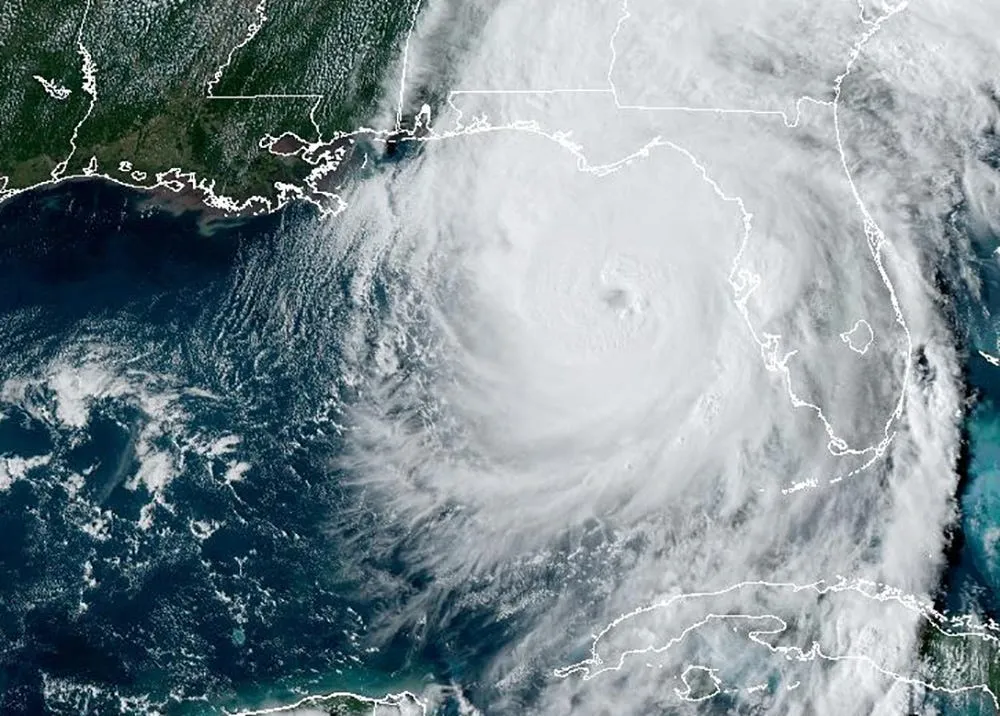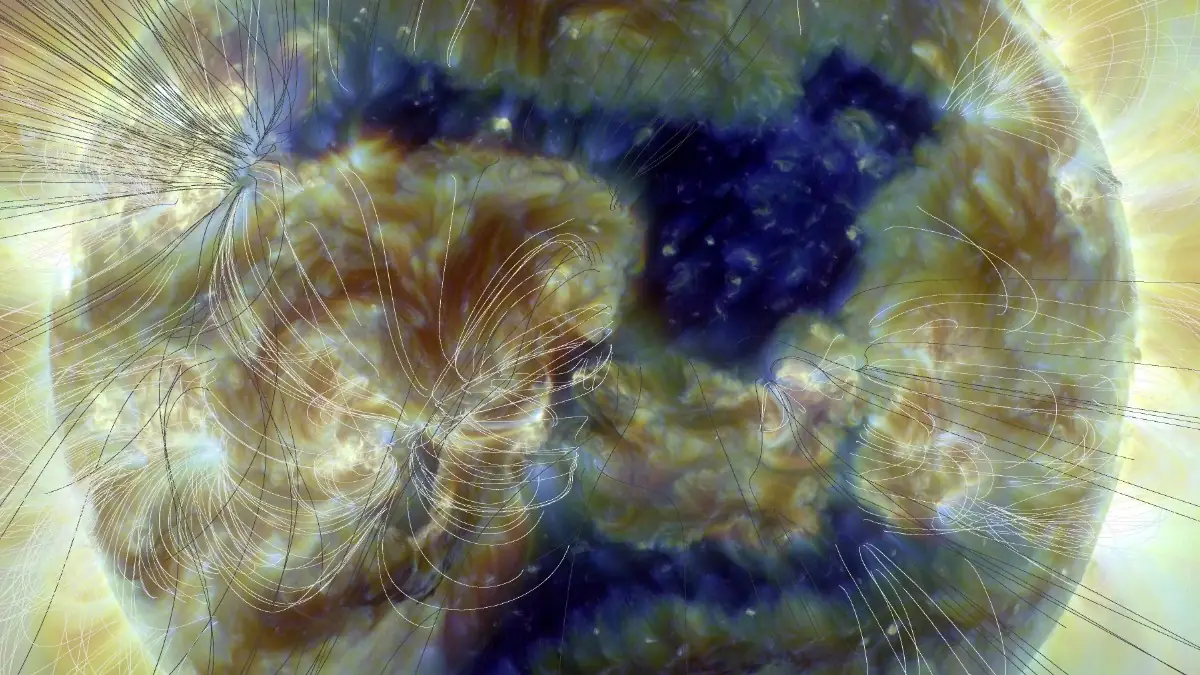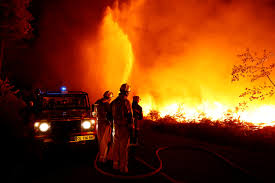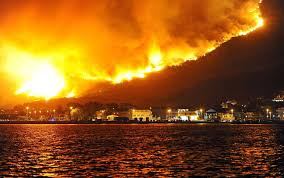
Pentagon cuts hurricane data share
Pentagon Withdraws Key Hurricane Data at Season’s Crucial Moment
1. A Sudden Shift Beneath the Clouds
As the 2025 Atlantic hurricane season gathers strength, a startling decision from the Pentagon is sending ripples through the meteorological community the military will stop feeding its microwave satellite data to civilian forecasters by July 31, 2025. This abrupt cutoff concerns specialized sensors aboard the Defense Meteorological Satellite Program (DMSP), which provide invaluable nighttime microwave imagery needed to monitor tropical storm intensity. Officials cite cybersecurity upgrades and a planned transition to the next generation Weather System Follow On Microwave (WSF‑M) satellites. But with the new system not yet feeding data to the National Oceanic and Atmospheric Administration (NOAA), experts warn this move may compromise hurricane surveillance just when the stakes are highest.
2. Why Microwave Imagery Matters
Microwave satellite instruments peer through clouds, rainbands, and cloud tops to map the internal structure of hurricanes from eyewalls to full rainbands an ability infrared or visible sensors lack. This ability is especially critical during nighttime hours when thunderstorms may intensify unseen. Meteorologists rely on microwave scans to identify rapid intensification a phenomenon where storms ramp up strength dramatically within hours. Without consistent microwave data, the community risks facing "sunrise surprises" cyclones that have grown far more destructive overnight, without warning.
3. The Domino Effect of Data Withdrawal
Experts point out that DMSP microwave data makes up nearly half of the daily global microwave coverage. With its removal, forecasters anticipate a 50 % drop in nighttime storm scans, reducing the frequency of structural updates. As one specialist noted, this gap can mean missing several hours of storm evolution critical to life saving advisories. In the absence of DMSP input, NOAA will lean more heavily on infrared sensors, weather balloons, surface observations, and foreign satellites but none can fully replicate what DMSP delivers in near real time, leaving an observational blind spot in a key monitoring period.
4. Policy Tug of War and Timelines
The change was initially slated for June 30 but was extended to July 31 after pressure from NASA and NOAA leadership. That short buffer, however, offers limited time to integrate WSF‑M data or adapt forecasting models and software to new streams. Officials maintain the transition is part of a routine data update tied to cybersecurity. Critics, however, see it as part of a broader trend budget cuts, reduced NOAA staffing, shuttered climate platforms, and aggressive government cost saving moves that cumulatively degrade long term forecasting capacity. For forecasters, the issue now is if WSF‑M data can be made compatible and reliable before the aging DMSP feed ends.
5. Impacts on Forecasting and Communities
The consequences of less reliable microwave data are not abstract. Key hurricane related decisions such as evacuation orders, emergency resource staging, and evacuation timing depend on knowing if a storm is steeply intensifying overnight. With diminished data access, forecasters anticipate later and less confident alerts. This erosion of early warning capabilities could translate into lives lost, injuries sustained, and greater damage to homes and infrastructure especially in regions like the Gulf Coast, Caribbean, and Central America, where early signals are vital and reconnaissance flights may be sparse.
6. Strain on Global and Climate Monitoring
Beyond the tropics, NOAA and climate researchers rely on microwave imagery to study polar ice, global water cycles, and climate trends especially in dust shrouded or cloud covered regions. Analysts note this kind of data is already limited and precious; losing DMSP instruments could force climate models to rely on less consistent coverage. Meanwhile, the WSF‑M satellite won't fully compensate until its processing pipeline is developed leaving multi month or multi year blind spots in essential climate records.
7. Searching for a Path Forward
Officials stress that WSF‑M is on track and will eventually deliver robust microwave observations; NOAA asserts its other satellites and tools still provide a solid “gold standard” forecast suite. But forecasters emphasize the importance of overlap periods between old and new data periods now shortened. To maintain public safety, NOAA may shift forecasting models, enhance ground radar and aircraft observation, and tap foreign satellite partners. The wider scientific community is calling for greater transparency, extended timelines, and contingency strategies to ensure no loss of observational reliability especially as climate change drives a higher incidence of intense storms.











